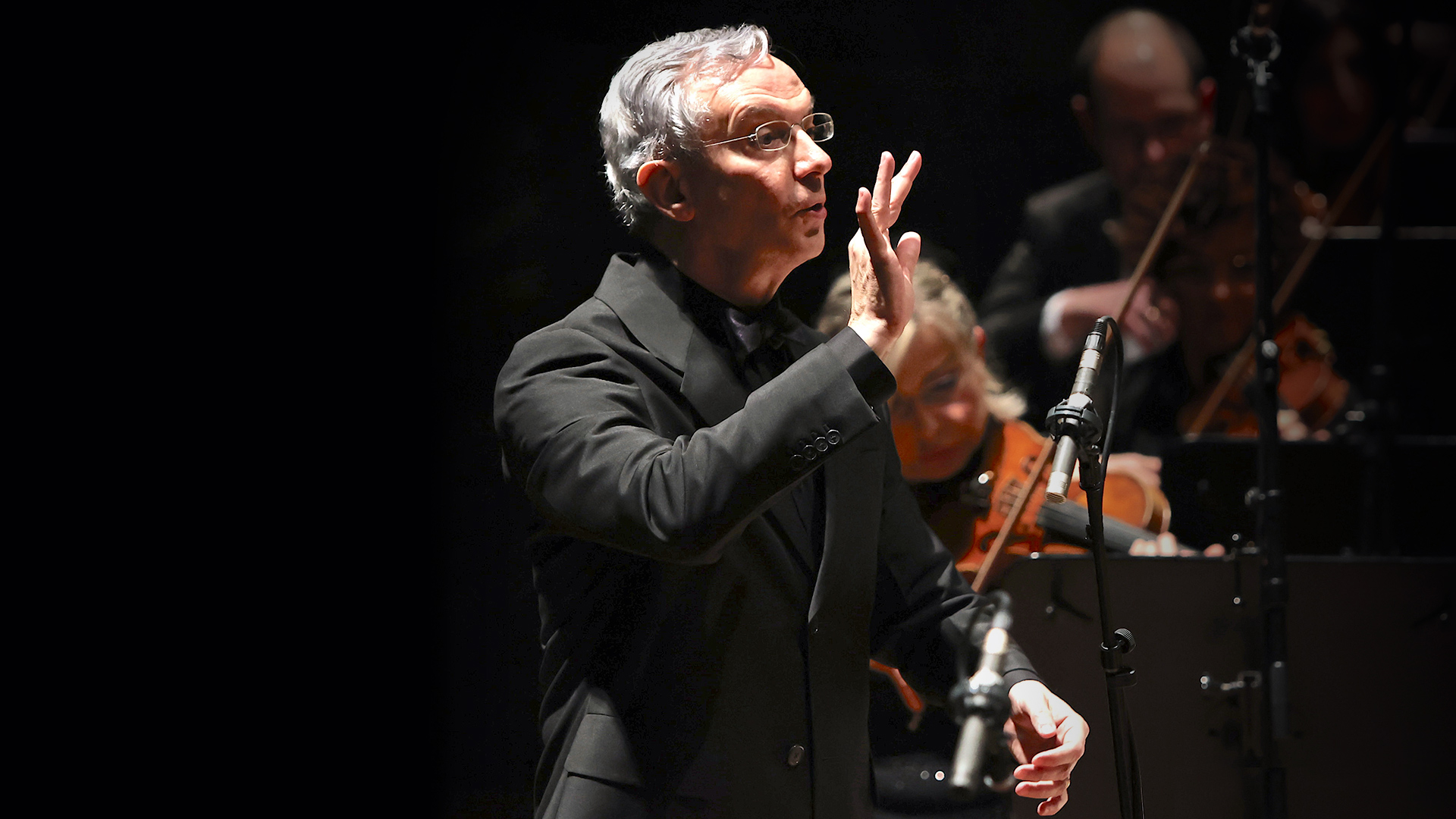L’Oiseau de feuis a symphonic concert with the music by Igor’ Stravinskij and Pëtr Il’ič Čajkovskij. The honorary conductor of Opera Carlo Felice GenovaFabio Luisi will conduct the ensemble Orchestra dell’Accademia Teatro alla Scala.The musical program draws on the world of ballet: both Stravinskij and Čajkovskij explored through two different perspectives the fascinating interaction of body and movement with music and rhythm, resulting in some of the most fascinating and enjoying musical pages ever written for ballet.
IGOR’ STRAVINSKIJ
L’Oiseau de feu
Suite from the ballet for orchestra n. 3 (1945)
PËTR IL’IČ ČAJKOVSKIJ
Symphony n. 5 in E minor op. 64
Conductor
Fabio Luisi
Orchestra
Accademia Teatro alla Scala

OFFICIAL PARTNER OF THE TOURNÉE
In the early 1900s, one of the protagonists of the musical life in Paris was the Russian entrepreneur Sergej Djaghilev, founder of the Ballets Russes company. Djaghilev was the first to see the outstanding talent of a young Russian composer still not very known in Europa, Igor Stravinskij, to whom he commissioned a ballet in December 1909. The subject had been written by Djaghilev and other colleagues from the company, drawing on a Russian fable where the protagonist Ivan Zarevich breaks the spell of the magician Kašej (embodying evil) thanks to the Firebird, a mythological creature representing the strength of all good. A few months later, he completed the composition and L’oiseau de feu was staged at the Opéra of Paris on June 25, 1910. Stravinskij’s music was innovative. The young composer did not follow any structured academic path and, for such a reason, he was particularly free in his musical expression. The Firebird was deicated to his recently passed master Rimskij-Korsakov. With such a work, the apprentice detaches definitively from the only traditional ‘academic’ element of his formation. Both the audience and the critics were immediately impressed by Stravinskij’s music. The rhythmic element is central in the alternation of the dances, and such an aspect characterizes every theme. Stravinskij does not focus much about the formal development, but to the theme reprise and variation instead, realizing a sequence of scenes where the traits of the pragmatic content are rapidly outlined through an autonomous and passionate musical language. The Firebird gathered success very soon also in its concert form. In 1911, Stravinskij created a first orchestral Suite formed by six dances, followed by a second Suite in 1919 (presenting five dances and a reduced ensemble) and by a third one in 1945. In the third version of the Suite, Stravinskij lightens even more the ensemble and inserts twelve dances by recovering part of the original material. The 1945 Suite returned successfully onstage with the New York City Ballet choreography.
The Symphony n. 5 in E minor by Čajkovskij was written between the spring and summer of 1888. After a difficult period, the composer faces once again the effort of writing a symphony after 11 years. The correspondence of that time reveals that Caikovskij would alternate moments of inspiration with periods of hesitation, due to personal issues and a lack of self-confidence. Despite the success of his Fifth, which he directed in San Petersburg during the autumn of the same year, the composer was uncertain about the quality of his composition. Nevertheless, it is now clear that the Symphony n. 5 presents notable expressive qualities superior to the previous compositions. The composer developed a greater degree of maturity of both writing and style during the years between the first four symphonies and the Fifth, reaching unprecedented musical peaks of his career. Concerning the structure, Čajkovskij follows the Classical-Romantic tradition by articulating the Symphony in four movements. The first movement introduces the central recurrent theme which will return in different points of the composition: in the dark, mysterious introduction, in the first and almost martial theme and in the second one, sweeter and more conciliating. In the Andante, Čajkovskij presents two themes, both greatly intense and in contrast, reaching unmatched expressive points. The Scherzo has an apparent lightness which historically belongs to its role, though a slight tension generates a sense of struggle and melancholy. Hope finally emerges in the Finale and the theme of fate returns to a major tonality and a solemn, triumphal pace. Inspired by Romanticism, particularly by Berlioz and Liszt, the composer chose to present a ‘Leitmotiv’ or ‘fixed idea’, a recurrent theme that varies in every movement. Such a main theme represents an inevitable fate, a forecoming sense of religious faith in a state of general pessimism.
Ludovica Gelpi

